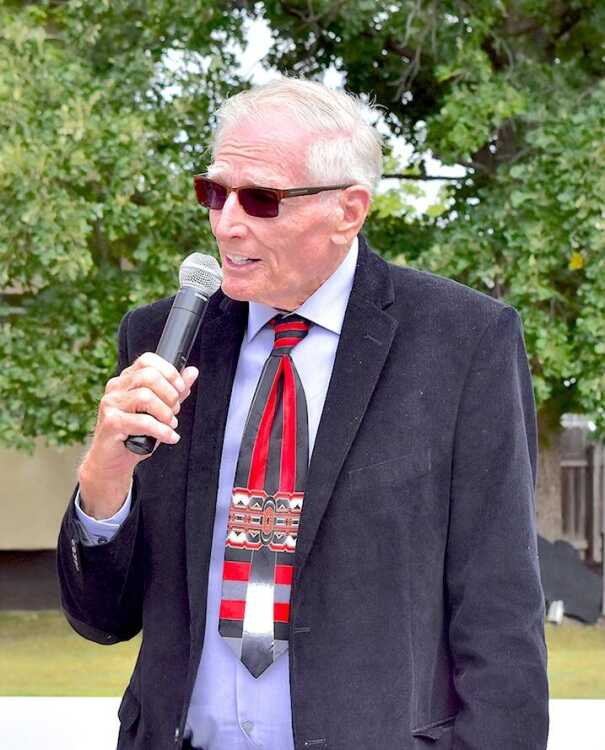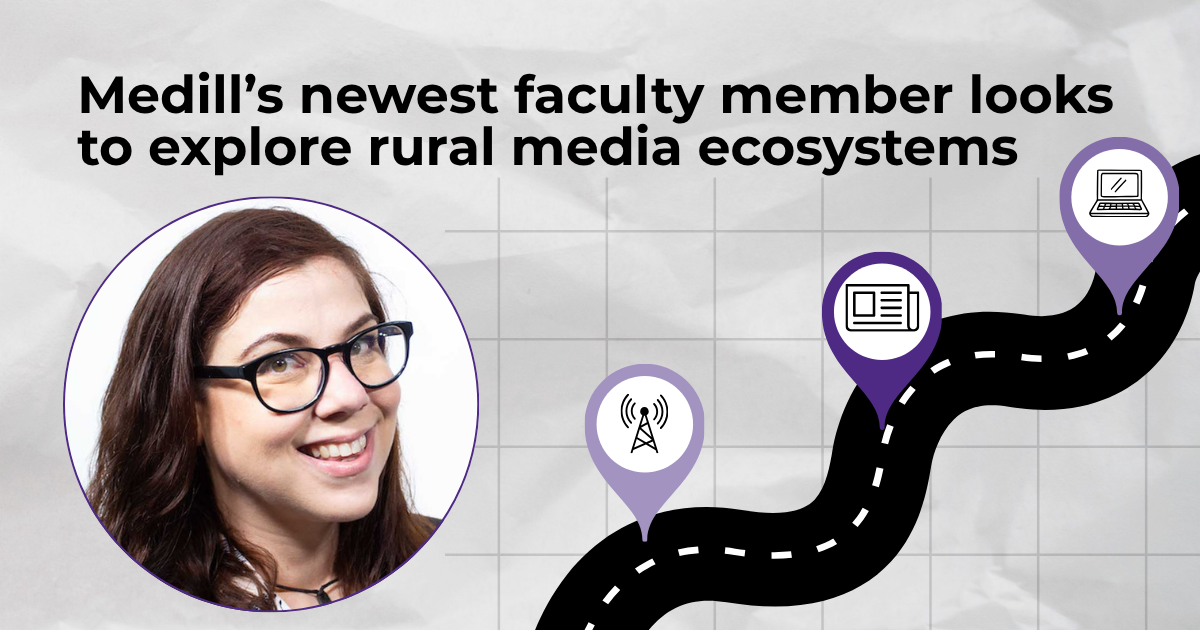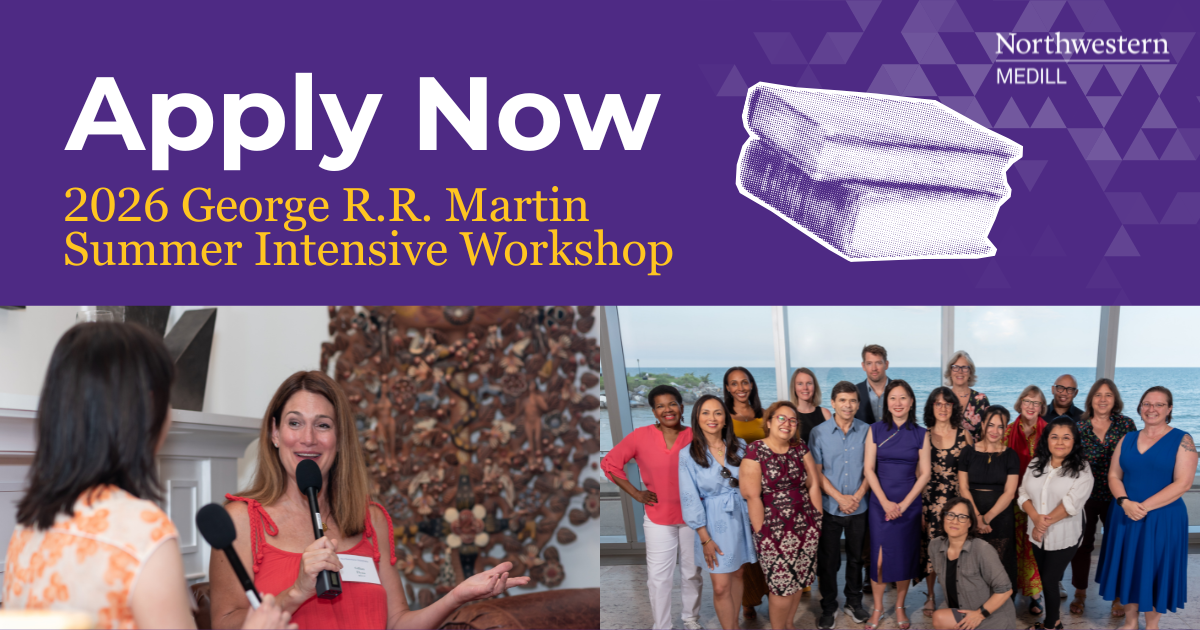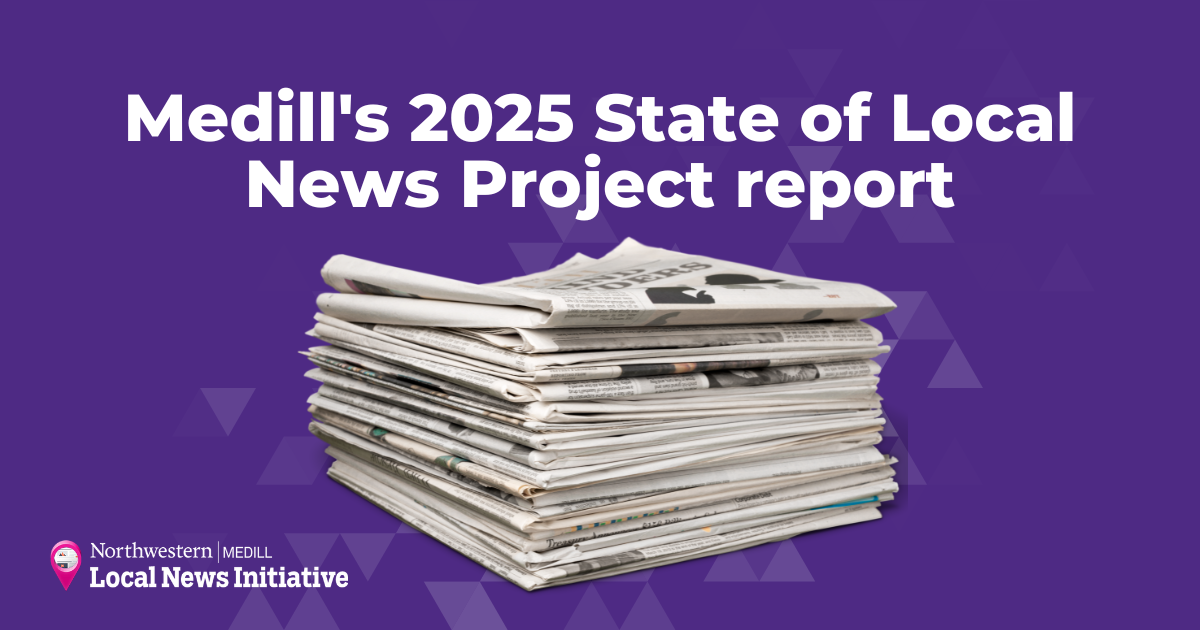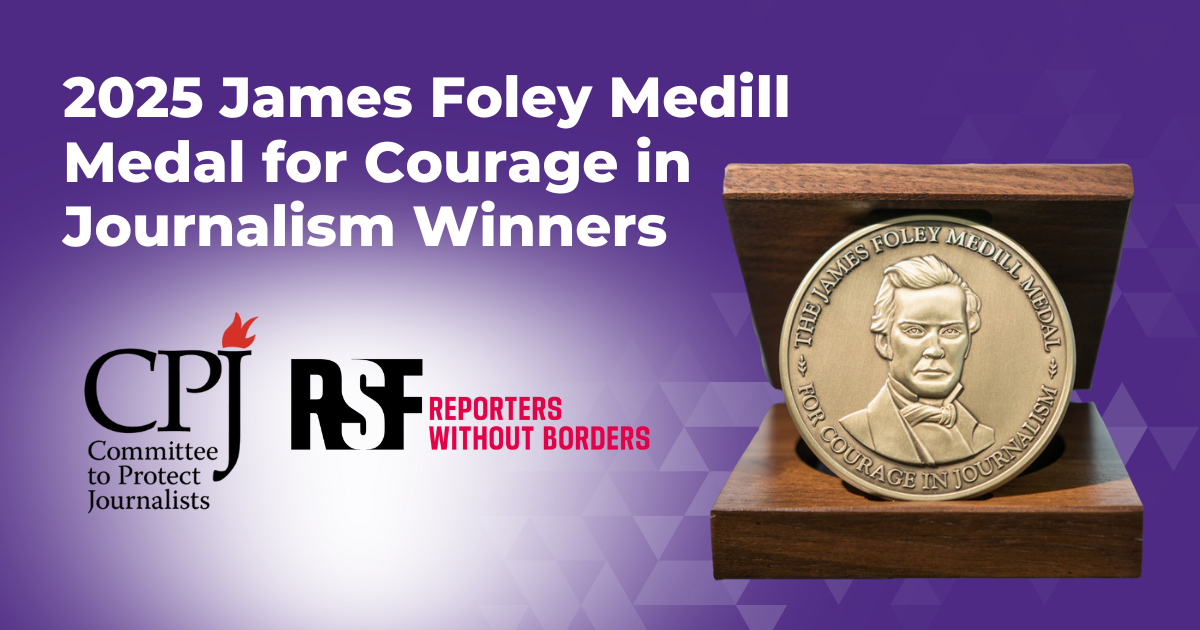Allen D. Strunk, former owner and publisher of the McCook Gazette died at age 95 in Las Vegas, Nevada.
As publisher for more than three decades, Strunk carried forward the family legacy of community journalism established by his father, Harry Strunk, while steering the Gazette into the modern era of printing and production. Under his leadership, the Gazette earned recognition among the nation’s leading small-market dailies, a reflection of both his technical foresight and his deep commitment to community journalism.
Born and raised in McCook, Strunk left his hometown to serve with the U.S. Marine Corps during the Korean War. After his military service, he pursued a journalism degree at Northwestern University’s Medill School of Journalism, one of the nation’s most respected programs. When his studies were complete, he returned to McCook to join the Gazette staff in 1953.
Six years later, he succeeded his father as publisher, guiding the newspaper through its transition from letterpress to offset printing and into a new facility in 1966. His tenure was distinguished by a commitment to innovation, journalistic integrity, and the public’s right to know.
A firm believer in open meetings and government transparency, Strunk became a leading advocate for Nebraska’s early open-meetings laws, often challenging local boards and agencies to conduct the people’s business in public view.
Yet Strunk’s influence extended far beyond the newsroom. He played a key role in McCook’s civic and economic development, leading efforts that resulted in additions to McCook College and the construction of a new YMCA and Community Hospital. As chairman of the Chamber of Commerce’s Economic Development Committee, he was instrumental in attracting new industry to the city.
A firm believer in the power of education and community leadership, Strunk later endowed a fund to recognize outstanding local educators, ensuring that his commitment to public service continued long after his retirement. His support for medical and recreational facilities, as well as his leadership on state boards including the Nebraska Game and Parks Foundation and the University of Nebraska Medical Center Board of Governors, reflected a lifetime of civic engagement.
Allen Strunk retired from publishing in 1986, but his imprint on McCook endures – in the institutions he helped build, the open government principles he championed, and the newspaper he modernized for generations to come.
